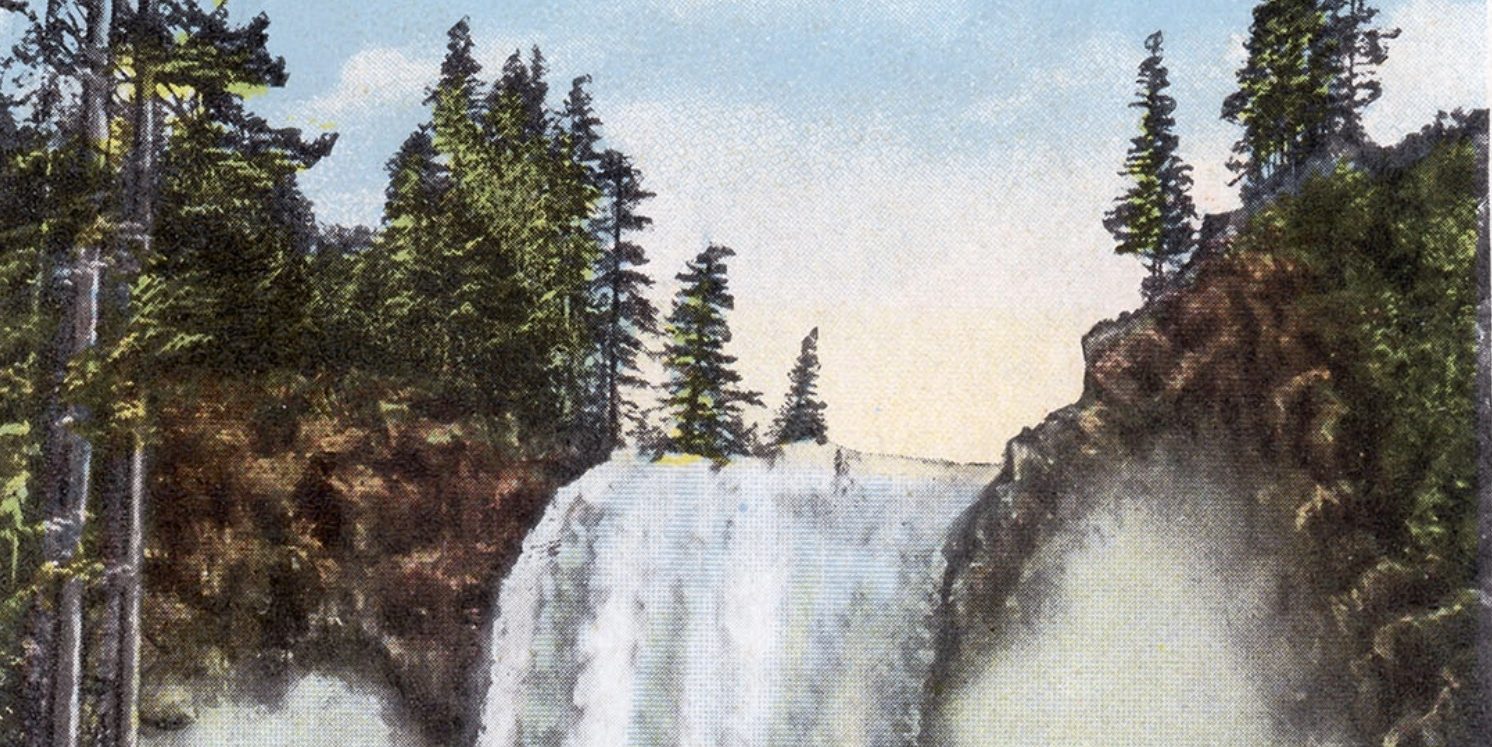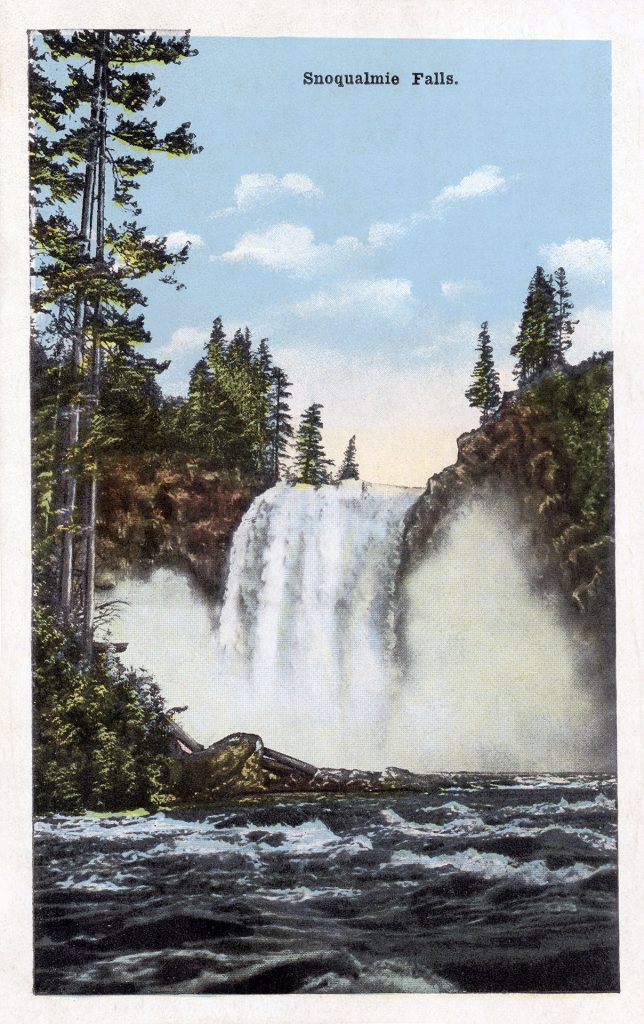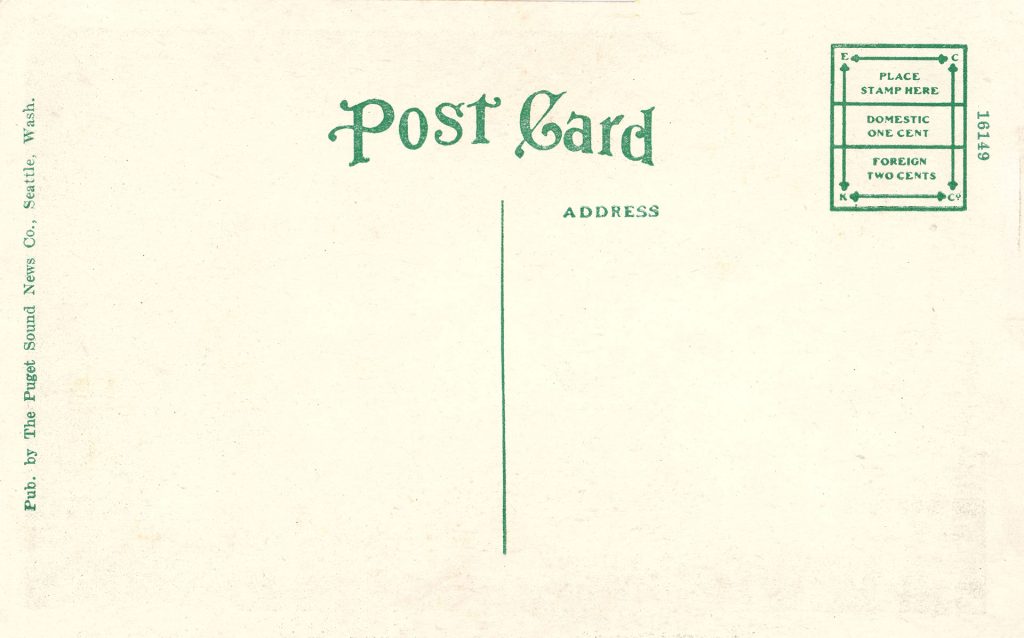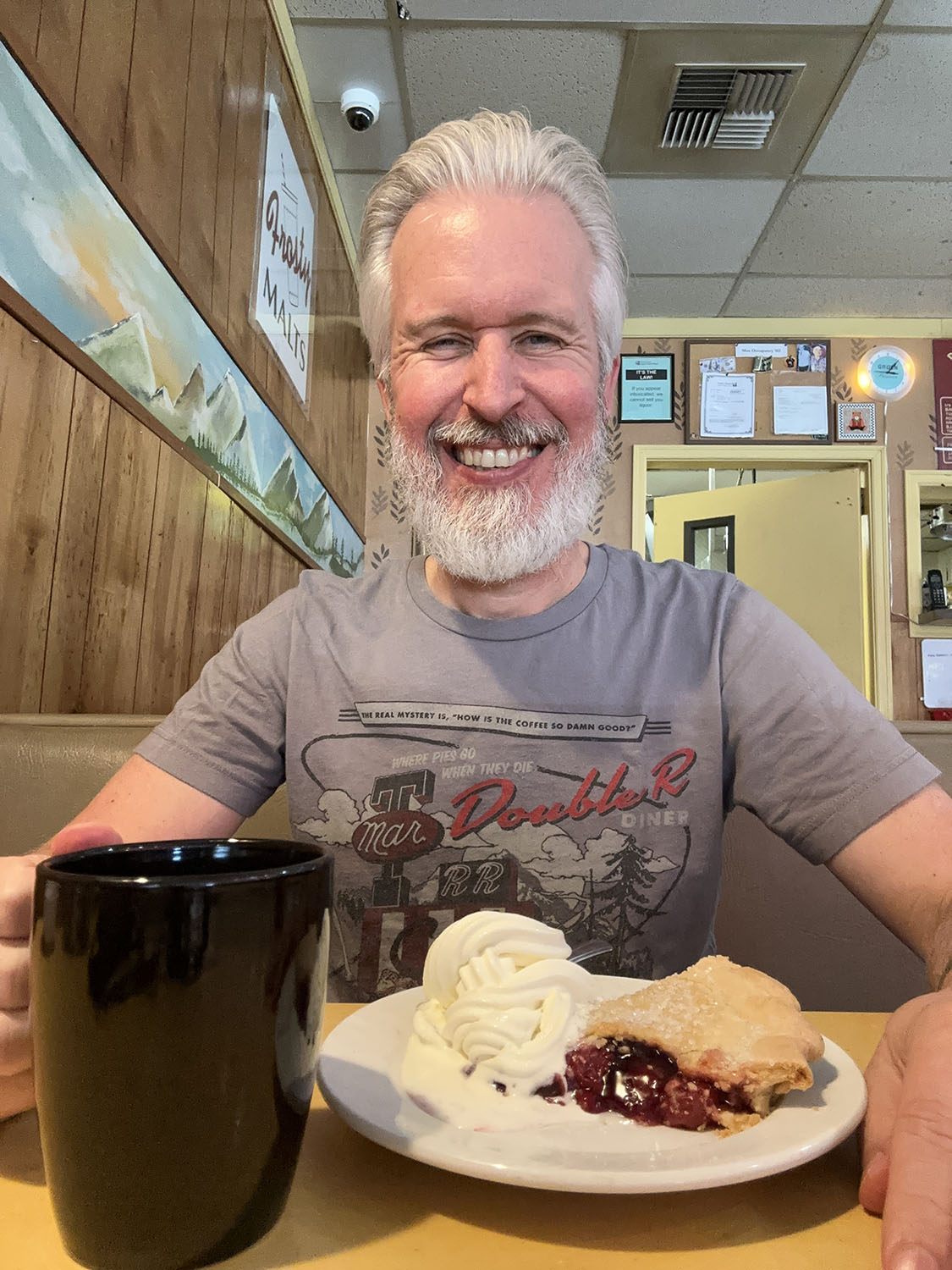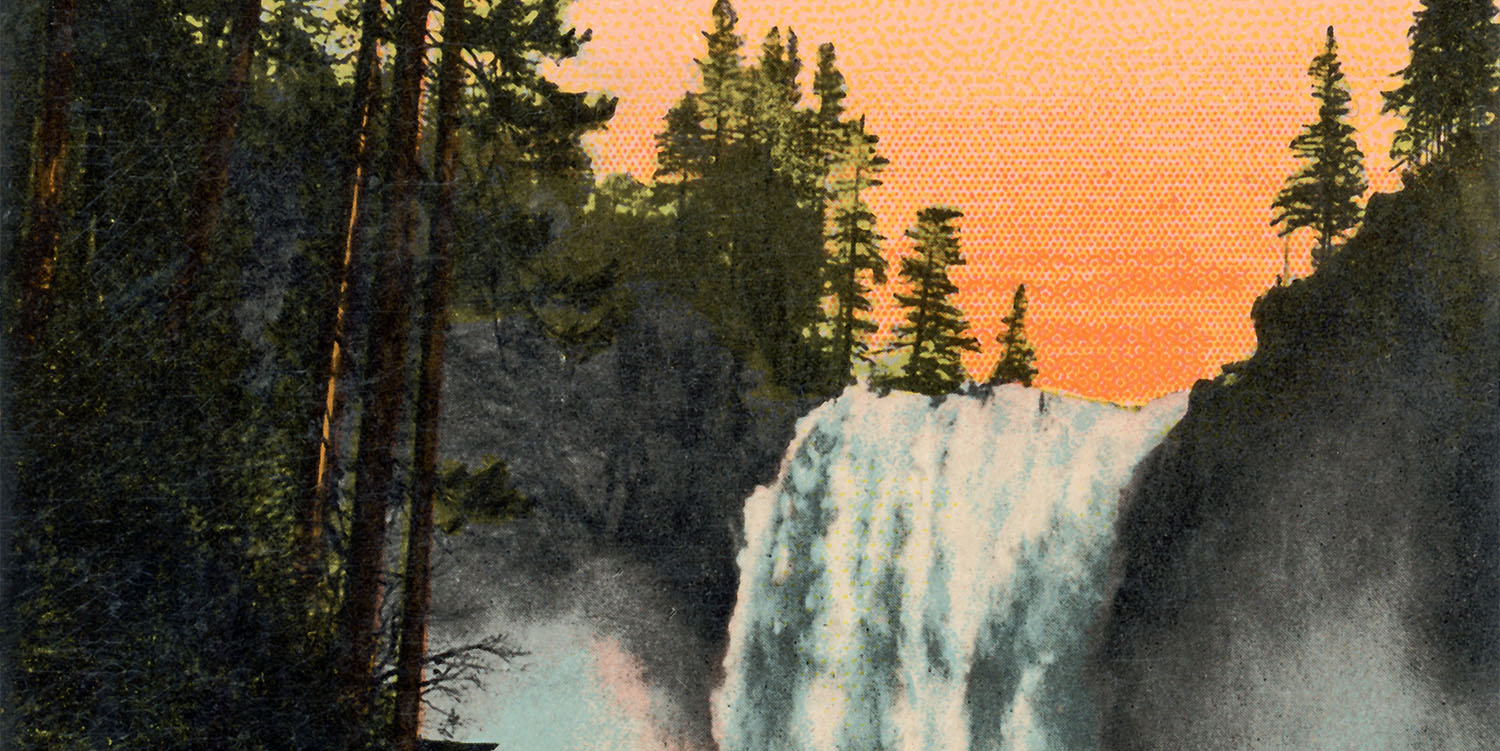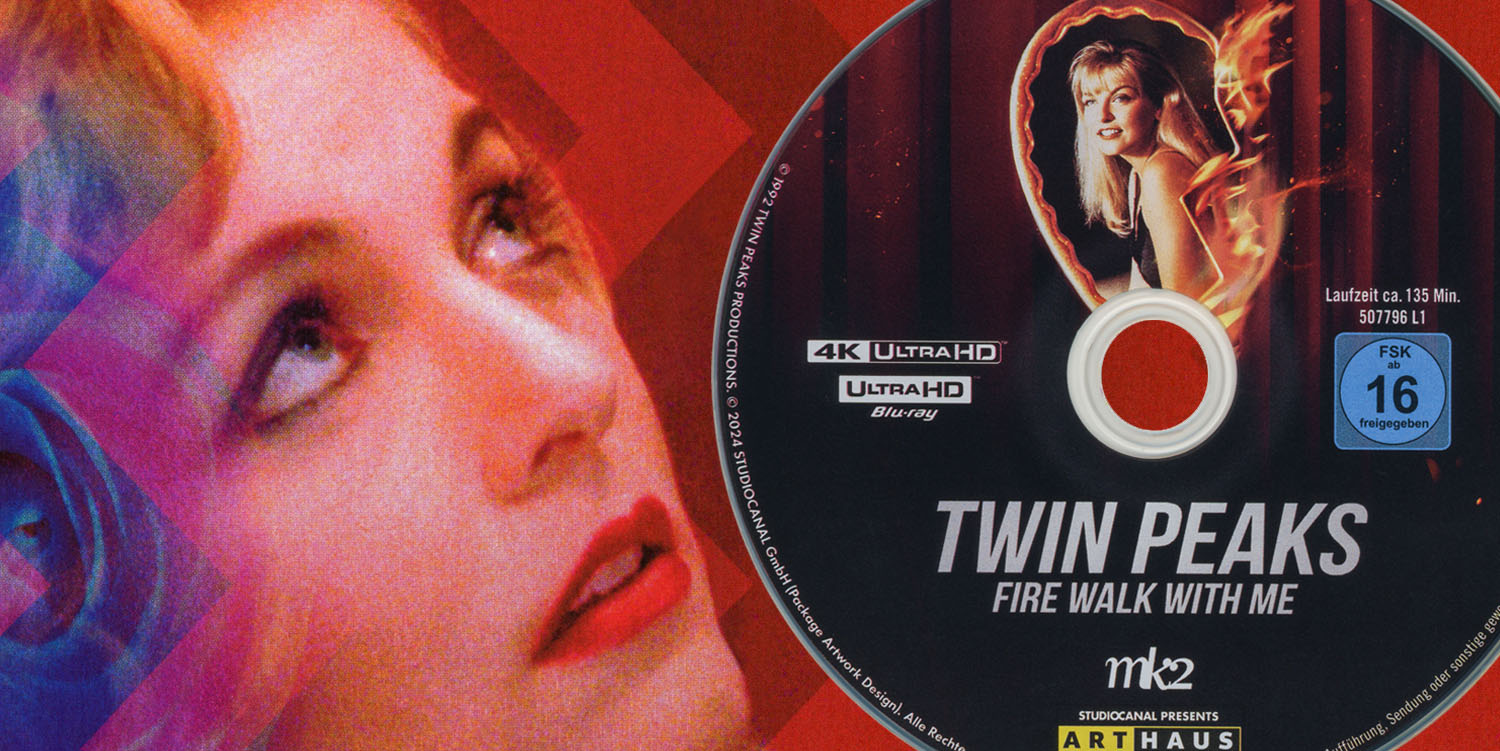This virtual visit to the Real Twin Peaks of Snoqualmie Valley, Washington includes a postcard of Snoqualmie Falls. The image is from a time before the construction of Snoqualmie Falls Lodge, which opened in 1916 and is known today as Salish Lodge and Spa. The image also captures a phenomena seen in Twin Peaks – heavy flow dropping over the 268-foot waterfall.
SNOQUALMIE FALLS POSTCARD BY PUGET SOUND NEWS COMPANY
A sacred site to the Snoqualmie Tribe, Snoqualmie Falls is the second most visited natural landmark in Washington state behind Mount Rainier. With a breathtaking 268-foot waterfall cascading over granite rocks, it’s a beautiful site to behold. This postcard comes from a time before the construction of Snoqualmie Falls Lodge, a small roadside inn that opened in 1916 and was later remodeled and expanded in 1988 to become the magnificent Salish Lodge and Spa.
With no inscription or details on the card’s backside, it’s difficult to discern exactly when the card was release. It is numbered 16149 and was published by The Puget Sound News Company in Seattle, Washington. Based on a similar image found on HistoryLink.org, the image may be from around 1908 during the spring run off. That run off brings high volume of water down from the melting snow-capped mountains. It’s been known to cause significant flooding around the Snoqualmie Valley region (and was a factor in the demise of the original Fat Trout Trailer Park from Twin Peaks: Fire Walk With Me).
PUGET SOUND NEWS COMPANY
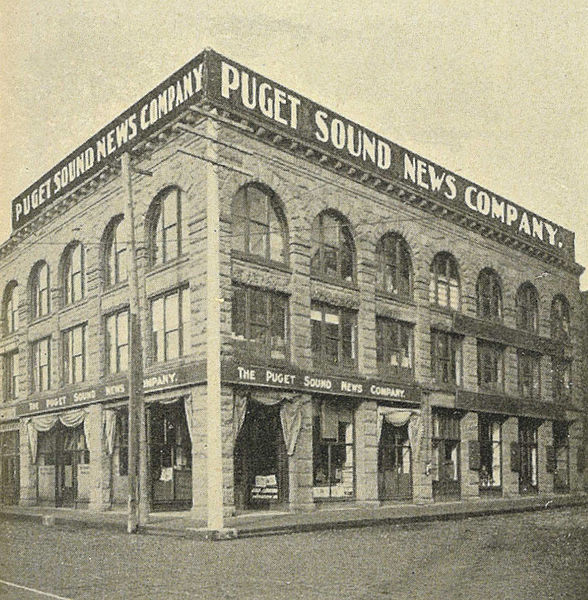
Founded in 1894, the Puget Sound News Company was part of the American News Company. Based on limited research, it appears they owned small newspapers throughout the Pacific Northwest. Around 1900, their headquarters were located at the corner of Western Avenue and Columbia Street in Seattle. American News Company was a major distributor of periodicals and producer of picture postcards, which could explain why I’ve found several early 1900s postcards from them.
WHITE TAIL FALLS IN TWIN PEAKS
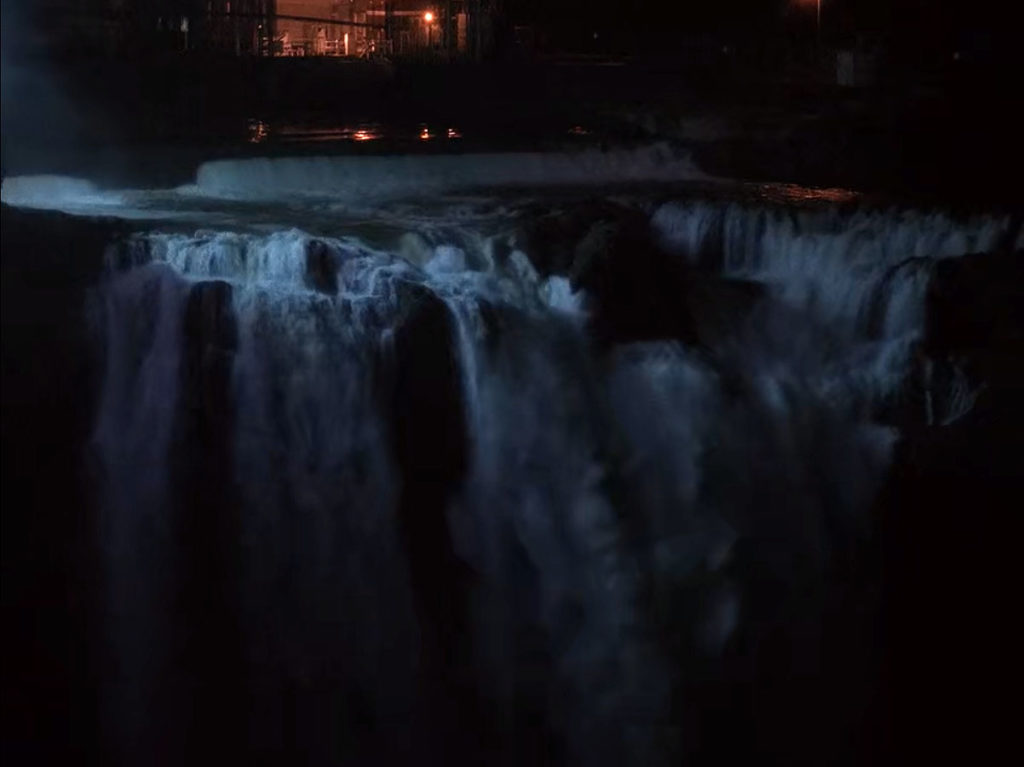
In Twin Peaks, the waterfall is named White Tail Falls, not Snoqualmie Falls. The volume of water over the rocks ebbs and flows throughout the series, which could indicate when location footage was captured. Episode 1.002 is the first time we see the falls with a high volume of water.
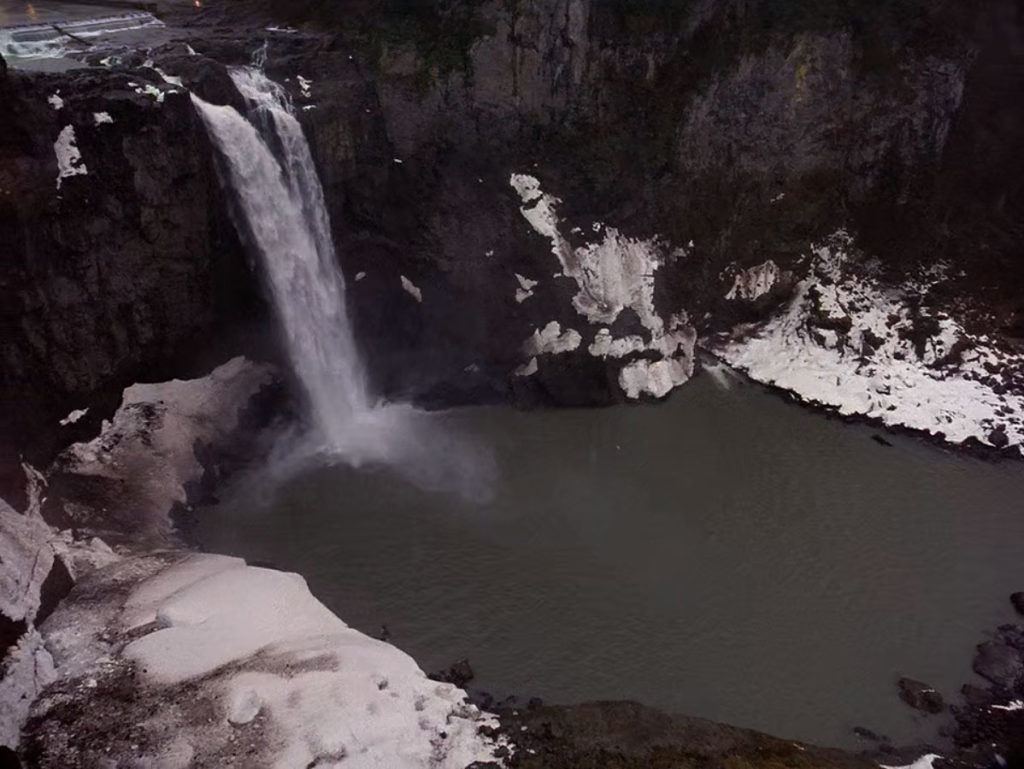
Compare the previous image to establishing shot of White Tail Falls and The Great Northern from the pilot episode. These scenes were shot on location in Snoqualmie Valley between February 21 to mid-March 1989.
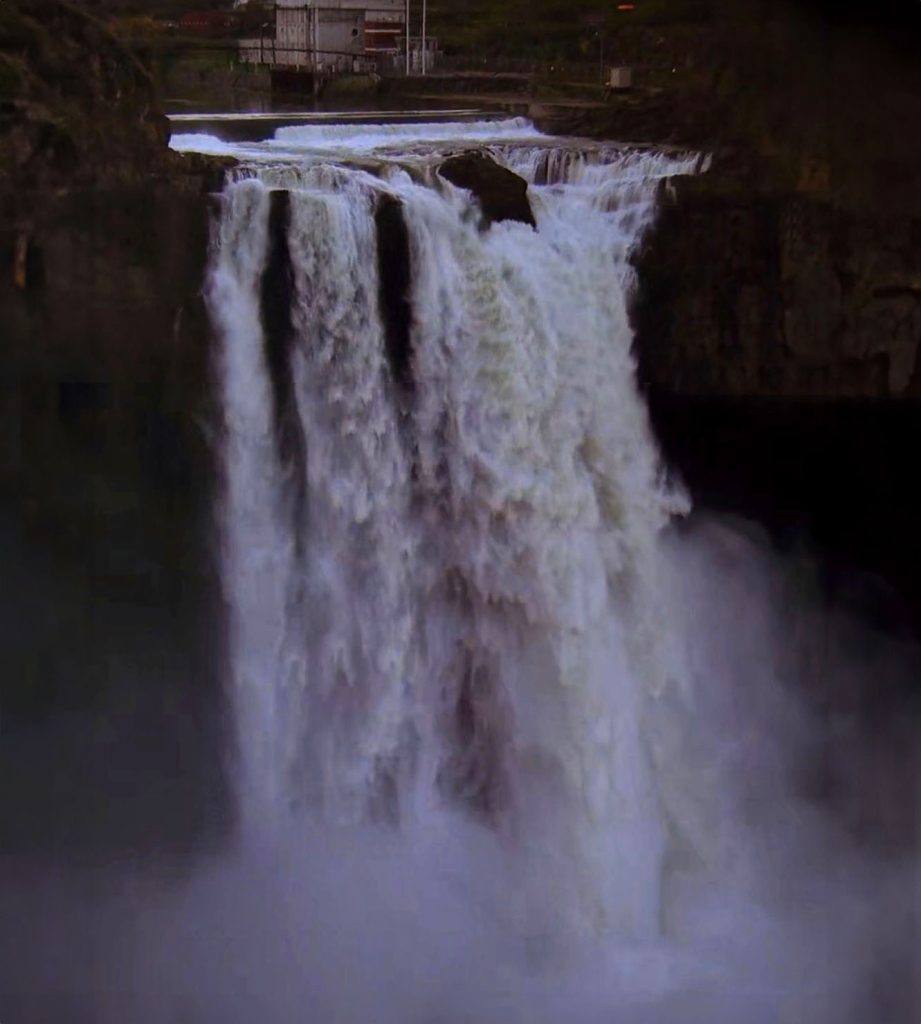
This Setting the Stage article about White Tail Falls gives a great look at how the establishing shots change. This image above was created using several combined images from episode 1.003
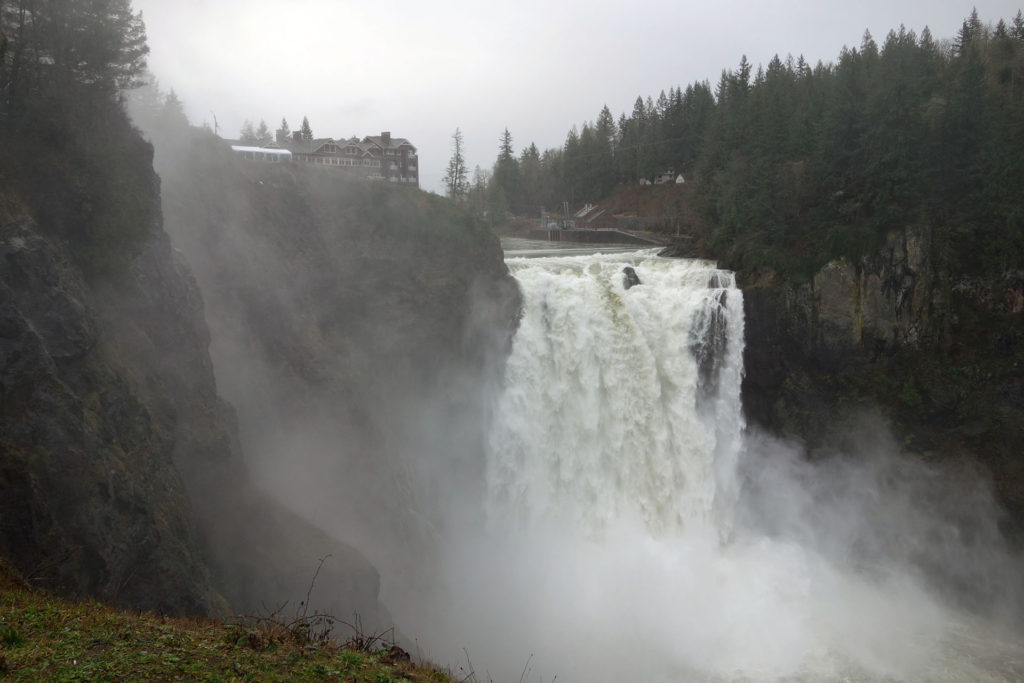
And Snoqualmie Falls really does look that intense during the runoff season. During a visit in January 2020, I couldn’t believe my eyes seeing it in person.
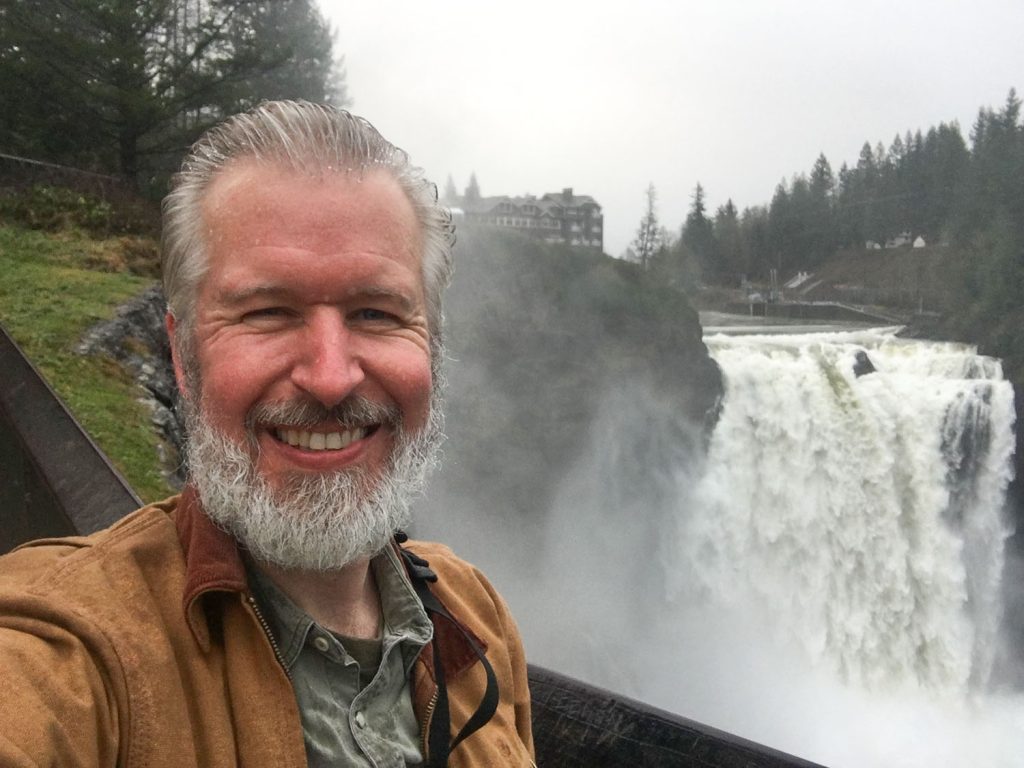
Actually, I couldn’t see much as the mist from the falls was intense. I was drenched after taking photos.
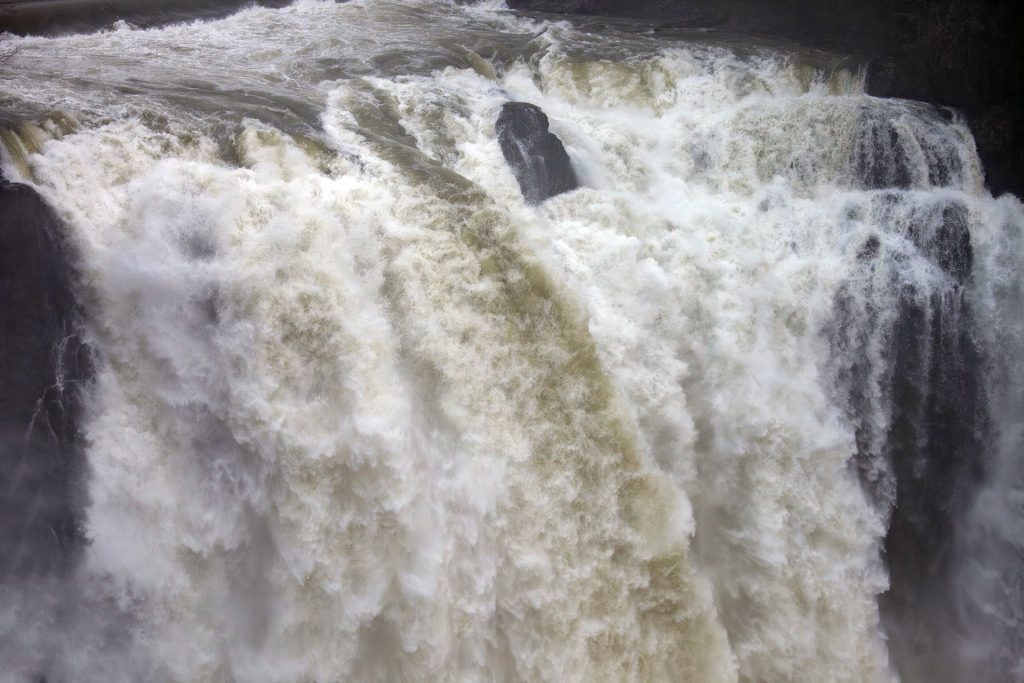
After seeing the falls like this, it’s no wonder people travel from far and wide to behold the majesty of this sacred space.
Discover more from TWIN PEAKS BLOG
Subscribe to get the latest posts sent to your email.

